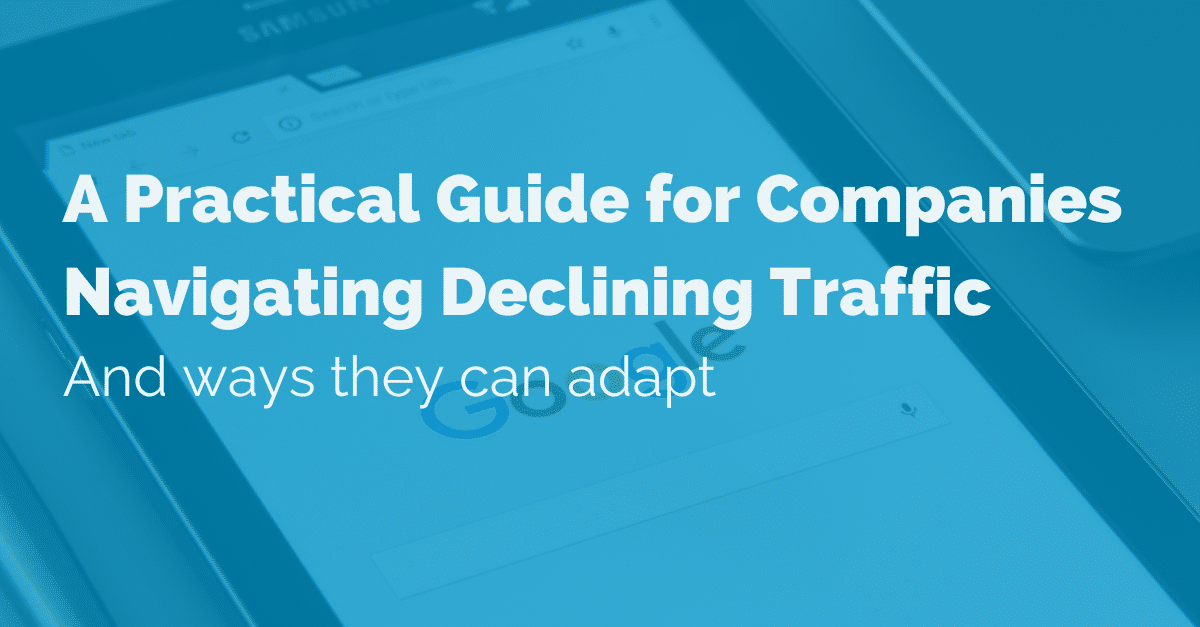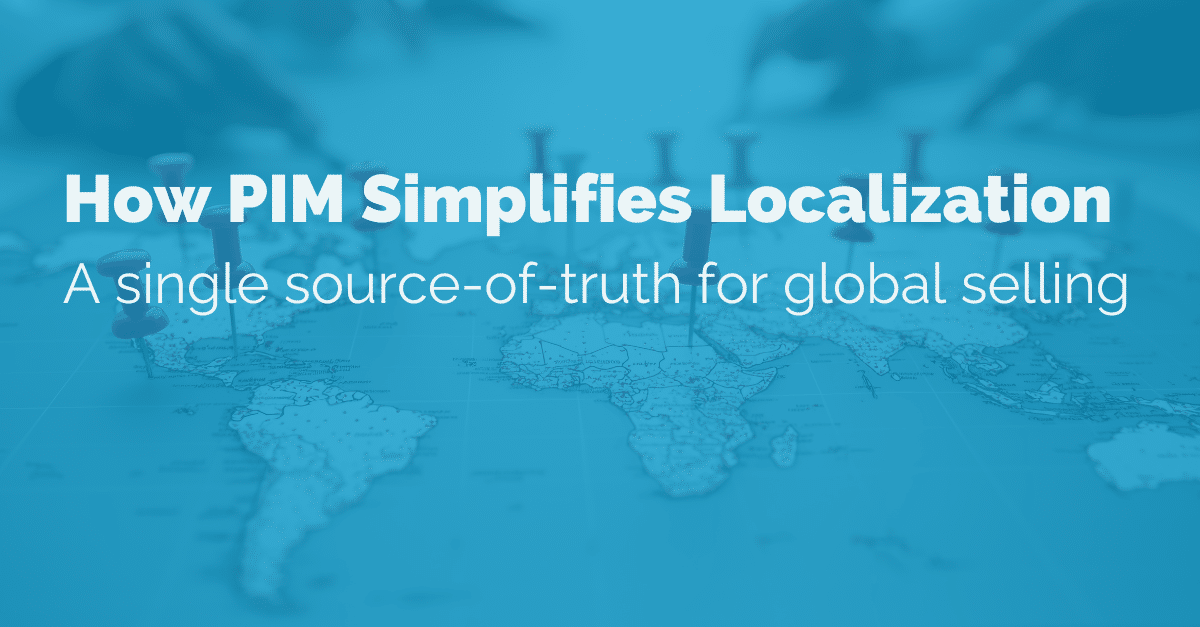1. Defining a lookbook
A lookbook enables you to curate a collection of images for your fashion line.
However, lookbook elements also enable you to tell a story with a compelling display that evokes a mood, captures a style concept, or projects a particular image or lifestyle customers might aspire to achieve.
In fact, it is one of the most powerful marketing tools for fashion brands and retailers, going beyond the catalog concept and creating a more meaningful way to connect with your audience.
2. The benefits of a lookbook
A lookbook enable you to improve product presentation in creative ways to achieve specific goals. A few steps above the typical catalog, it is an effective marketing tool. It establishes your brand’s personality and sense of aesthetics.
It is the backdrop for your creations, enabling you to project your ideals and develop a desirable lifestyle that inspires your customers.
A lookbook offers many benefits, including:
Creative freedom
Lookbooks are the perfect platform to apply your creative talents to a new medium. Creative expression helps emerging designers and retailers establish their place in the digital landscape and experiment with new concepts that tell the best story about your customers.
It enables you to measure the most successful collections and presentations to finesse your brand and better manage how you engage your customers. You can also continue to find inspiration from your work and learn from your most successful executions.
Emerging trends
You can demonstrate thought leadership and share your ideas on what you feel are emerging trends. Using your lookbook to showcase your fashion sense and knowledge helps build authority as a designer.
What are the color palettes, silhouettes, styling techniques, etc., you are expressing in your collections? How do they contribute to or help set fashion trends?
Visual reference
Your lookbooks are a powerful reference for fashionistas, helping influence their taste and decisions.
As a trendsetter, you become a fashion maven assisting customers in keeping up with styles and trends while better understanding your vision of how your fashions should be worn.
3. What does a lookbook consist of?
To create a persuasive lookbook, you need the following:
Stylized photography
Your lookbook is only as good as the quality of the images. You need to invest in an experienced fashion photographer who understands the subtle nuances of lighting, composition, and shadow. Pictures must be visually striking, with intriguing backgrounds fitting the theme. Visual impact requires thoughtful composition with attention to every detail to capture images that captivate, inspire, and intrigue. Although you want to be creative, it helps to keep the photos in context, so people get a feel for how the outfits work best.
Mood
Mood is created through composition but is driven by your theme. You want to evoke a particular emotion or set the tone for a certain sense of aesthetic with your images. You wouldn’t want a prom dress to be worn in a factory setting or a pair of work jeans to be worn while someone is dining at a fine restaurant.
Narrative
Lookbooks are storytelling with images. That brings us to narrative. Although you can get creative, showing prom dresses in the woods to evoke the idea of fairy tale princesses, it can be a bit of a stretch for the average customer. By sticking to a more concrete narrative, such as a cocktail dress worn at an actual cocktail party, or a suit worn in an office building elevator, you can tell your story without requiring people to read into too much subcontext. Backgrounds also help set the bar for your brand. For example, bikinis at a beach with teens playing volleyball is casual, while bikinis at a high-end hotel sipping martinis poolside is elegant and high-end.
Automation
Compiling lookbooks calls for high-quality photography and easy management to streamline the process. A DAM can help store your fashion line images and automate the approval process throughout your enterprise, from concept to retailers selling your brand.
Carefully planned lookbook content helps you build your brand image, while Pimberly’s PIM/DAM helps you manage your images ready to share with the world.
















